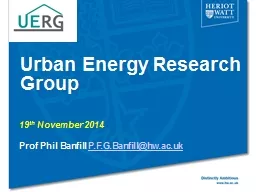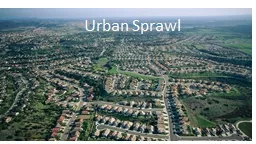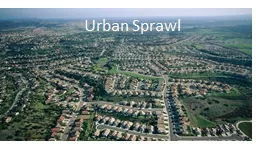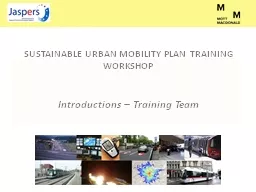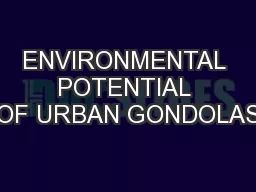PPT-Urban Energy Research Group
Author : luanne-stotts | Published Date : 2017-08-21
19 th November 2014 Prof Phil Banfill PFGBanfillhwacuk School of Energy Geoscience Infrastructure amp Society 160 academics 200 researchers Institute for Infrastructure
Presentation Embed Code
Download Presentation
Download Presentation The PPT/PDF document "Urban Energy Research Group" is the property of its rightful owner. Permission is granted to download and print the materials on this website for personal, non-commercial use only, and to display it on your personal computer provided you do not modify the materials and that you retain all copyright notices contained in the materials. By downloading content from our website, you accept the terms of this agreement.
Urban Energy Research Group: Transcript
Download Rules Of Document
"Urban Energy Research Group"The content belongs to its owner. You may download and print it for personal use, without modification, and keep all copyright notices. By downloading, you agree to these terms.
Related Documents

